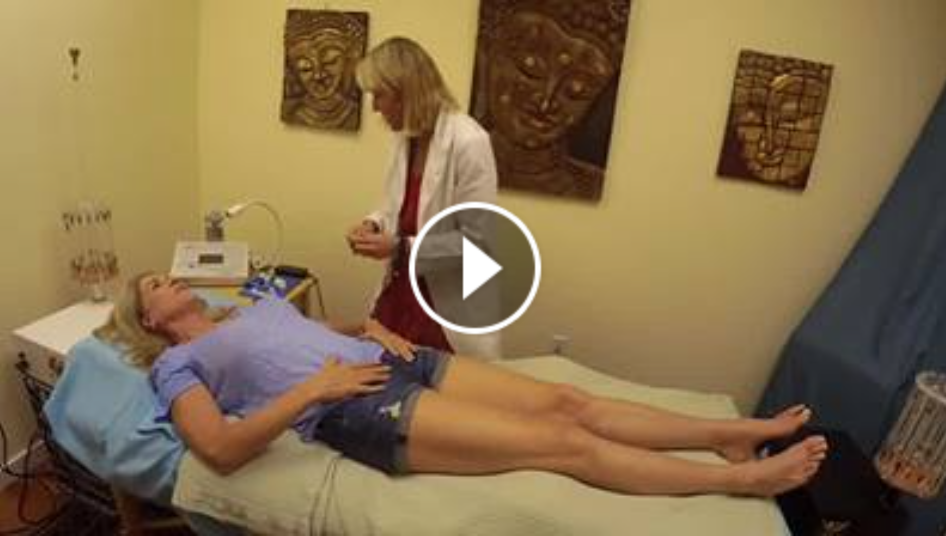We either live to work or work to live. Either way there are some frightening side effects no matter which side we land on, and it is affecting our day-to-day health in ways we have yet to understand.
Let’s take a look at why work stress keep our bodies in a constant “fight or flight” mode:
You get sick a lot
Do you get sick a lot? It’s sad to say, but 26% of you will still go to the office even when you’re sick, and another 34% of you continue to go until you feel the full effects of your symptoms. The problem increases exponentially in an office environment because you’re not the only one sick. Studies show that there are over 500 types of bacteria found in offices because people wait until the last symptom strikes before heading home.
There is also another very real factor: “Sick Building Syndrome” which the EPA warns against. If you have consistent symptoms such as headaches, sore throats, fatigue, dizziness and nausea and your physician cannot pinpoint the cause – you might be suffering from sick building syndrome.
You are putting on more fat
Studies now show that when you sit for hours on end, your metabolic functions significantly decrease. What that means is, you are burning much less calories. The consequences of this are obesity, diabetes, cardiovascular problems, and the list goes on.
Special note to women: For those of you who sit more than six hours a day, you have a 40% higher chance of dying younger than those who sit less than three hours a day.
You have back, shoulder and neck pain
New findings show that standing all day is bad for your health too but sitting over a computer with your shoulders hunched all day can lead to chronic back, shoulder, neck and wrist problems. Talk about confusing! So what do you do? There are best practices to follow when sitting at your desk to help minimize these issues and find maximum comfort:
First, when you are sitting comfortably, pull up to the edge of your work surface and look straight ahead. What you see is your optimal viewing zone, and things that you look at during work (computer screen, documents etc.) should be in or close to this zone.
Next, reach each arm out to the side of your body and move them from this position until the hands meet at the center of your body in front of you. The semi-circular area covered by the sweep of your arms is called your normal reach zone, and everything that you frequently use should be placed inside of or close to this area. You should not have to bend or stretch to reach things that you frequently use.
Then, relax your upper arms down to the side of your body. Using your elbows as pivot points, swing your forearms out to each side and then move them together until your hands touch in the center of your body in front of you. The area covered by the sweep of your forearms looks like that area covered by your windshield wipers, and it is called your normal working area. Things that you operate with your hands, such as your keyboard and mouse, should be placed in this area and positioned for optimum comfort.
You are ruining your eyes
Do you constantly stare at your monitor without looking elsewhere? Has it affected your vision? You may be suffering from Computer Vision Syndrome. Yep, this is a real disorder and is associated with a number of vision problems of varying nature such as dry eyes, blurred vision and the like. Headaches, aching shoulders and neck pain are included in the symptoms. You can help ease these symptoms by looking away from your computer screen at least once an hour.
You are feeling the stress
For most of you, it is stressing you out big time! Work is listed as a main source of stress by three-quarters of Americans – that’s a lot! They suffer from physical symptoms like headaches, fatigue, nausea and emotional outbursts of anger as well as lowering their productivity.
It’s a fact, the more work stress you have, the higher your risk for illness and injury. The American Institute of Stress shows even more startling facts about the affects of stress.
Stress has also been a known damaging factor in our relationships. Sixty-one percent of women have stated that their jobs have a negative impact on their relationships. The average for men is much higher – seventy-nine percent state that work stress is a major factor in destroyed relationships.
So what do we do about it? I’ll discuss that in my next blog…
Source: www.cosmopolitan.com – www.stress.org
Connect with me on Social Media: Facebook – Twitter – Google+ – LinkedIn – YouTube – Pinterest
Join me and other amazing speakers on The Self-Care Revolution
Find answers to your health care questions at Santa Fe Soul


